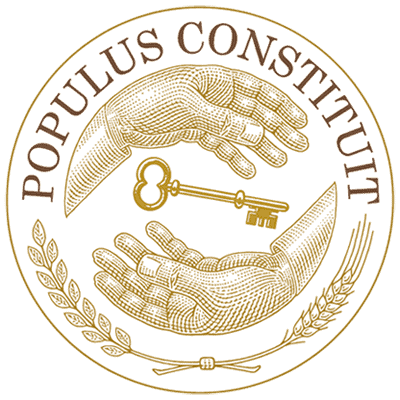Monday’s Wall Street Journal includes a wonderful article by Joann S. Lublin highlighting the USPX’s efforts to address the risks of “virtual” annual meetings. While virtual annual meetings have the potential to increase shareowner participation, they can also disenfranchise. Rudimentary technology has failed, leaving would-be participants staring at blank screens. Participants complain that tough questions posed through that software—when it even works—can be transformed into “softball” questions by the time a meeting chair reads them to the meeting. Without strong safeguards, the potential for this technology to suppress participation is greater than its potential to facilitate it.
Lublin describes how the USPX organized a response last year when Symantec (SYMC) became the first Fortune 500 company to host a virtual-only meeting:
“You need to have give-and-take between shareholders and the board,” says Glyn A. Holton, executive director of U.S. Proxy Exchange.
Last year, after Symantec Corp. became the first Fortune 500 company to decide to hold a virtual annual meeting, the investor advocacy group waged a letter-writing campaign against the computer-security concern.
We didn’t want to deprive shareholders from participating at a physical annual meeting, says Anne Sheehan, head of corporate governance for the California State Teachers’ Retirement System, a big public pension fund that joined the Symantec protest. Virtual meetings only make sense when investors take part “as fully as if they were there in person,” Ms. Sheehan adds.
You can read more about the USPX letter writing campaign here.
The USPX membership has a goal of organizing a members group to draft safeguards for the conduct of virtual annual meetings. We have been distracted with say-on-pay, proxy access and launching our new website, but maybe now is the time to get that effort started. Let me know if you are interested in participating.
To get people thinking, off the top of my head, here are some possible safeguards for us to discuss:
- Turning on meeting software and feeds an hour before the meeting starts so participants can check their browser interfaces are working and have time to fix problems they discover.
- Develop uniform, shareowner approved rules of procedure for the conduct of virtual annual meetings. These would serve two purposes, first to ensure procedures exist, and second to inform shareowners how to exercise their ownership rights via the virtual interface. Rules of procedure might address issues such as how a proponent of a shareowner proposal moves that proposal virtually; how shareowners make floor motions or floor amendments; how shareowners make a point of order (or what alternative mechanisms exist for addressing procedural irregularities); how shareowners should notify the meeting if they are unable to connect or otherwise fully participate; how the meeting will respond to such notices, and under what circumstances the meeting must be suspended to address them.
- Displaying onscreen all typed in questions and allowing shareowners to “endorse” questions they would particularly like answered. This would be similar to “favorites” or “+1″ buttons on social networking sites today. Endorsement totals would be displayed beside each question. This would not only cut down on numerous repeat questions, but it would also direct the chair to answer questions most relevant to shareowners in attendance.
- Have a third-party observer/parliamentarian attend the meeting to confirm technology is working, field notifications from shareowners experiencing technology difficulties, and affirm shareowners were not disenfranchised either by the technology or by unfair rules of procedures.
One of the biggest challenges in designing safeguards is that we don’t want to specify safeguards that are so clear cut as to prevent experimentation. There is so much wrong with today’s shaeowner meetings, why set guidelines that merely preserve in a virtual space what goes on today in live meetings? Virtual technology opens doors to innovative, meaningful shareowner meetings. For example, I am not sure we need to preserve the notion that annual meetings should be conducted, start to finish, in an hour or so. On-line, they might be held more like a social networking forum over a week or a month. This could facilitate more shareowner-to-shaeownr dialogue, deliberation and (imagine this) actual debate of proposals. Much of the business that is conducted in the months before the meeting, such as nominations and proposal submissions, could actually be performed during the meeting. It would be a real meeting then, wouldn’t it?
It is possibilities like this that make specifying safeguards difficult. You have to ask yourself, what direction do we want things to head in? Either that, or specify very general safeguards with the intention of updating them as virtual meetings evolve.
Again, if USPX members are interested in working on this, they should let me know. If enough respond, I will form a members group and get the ball rolling.

